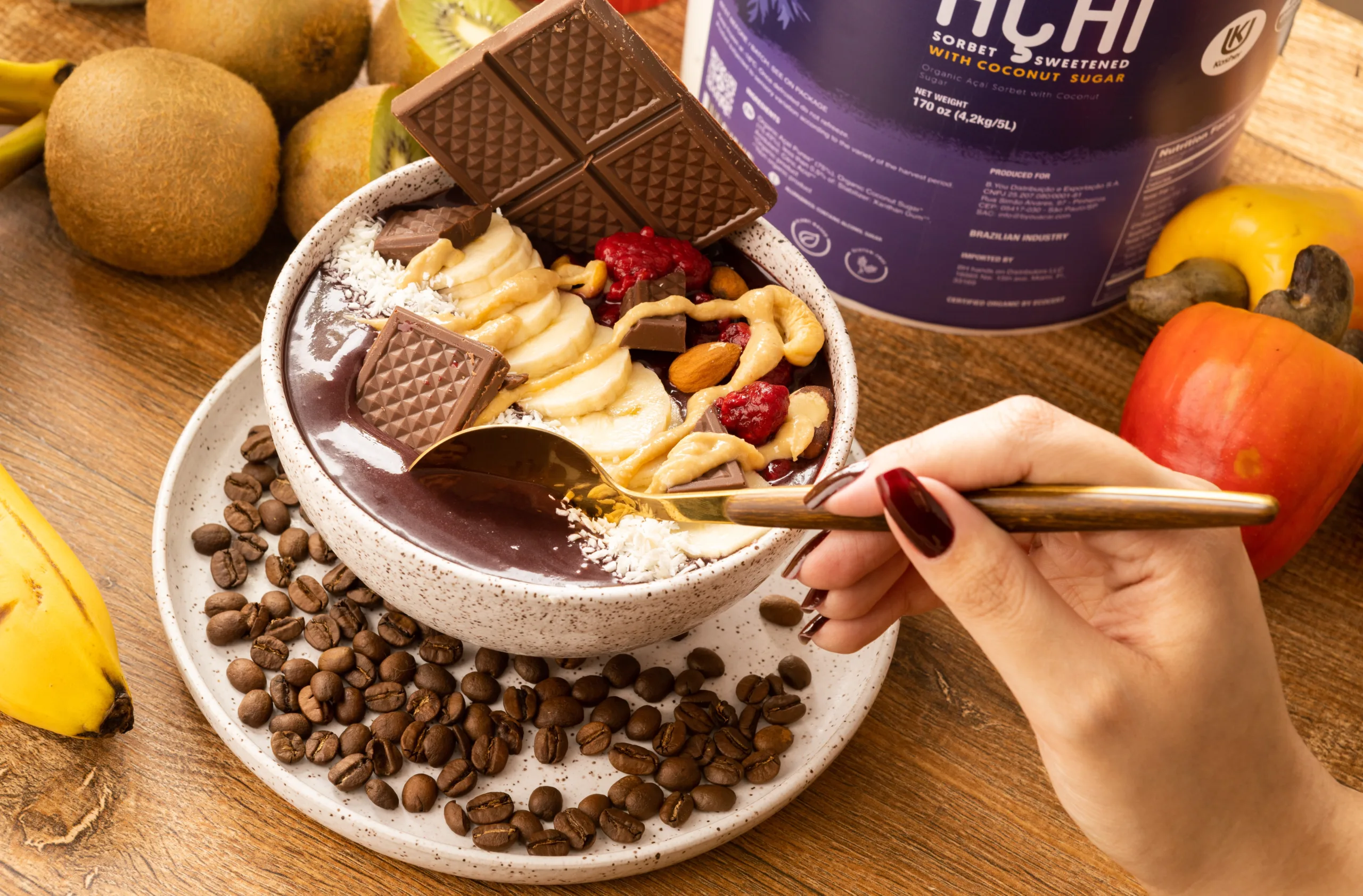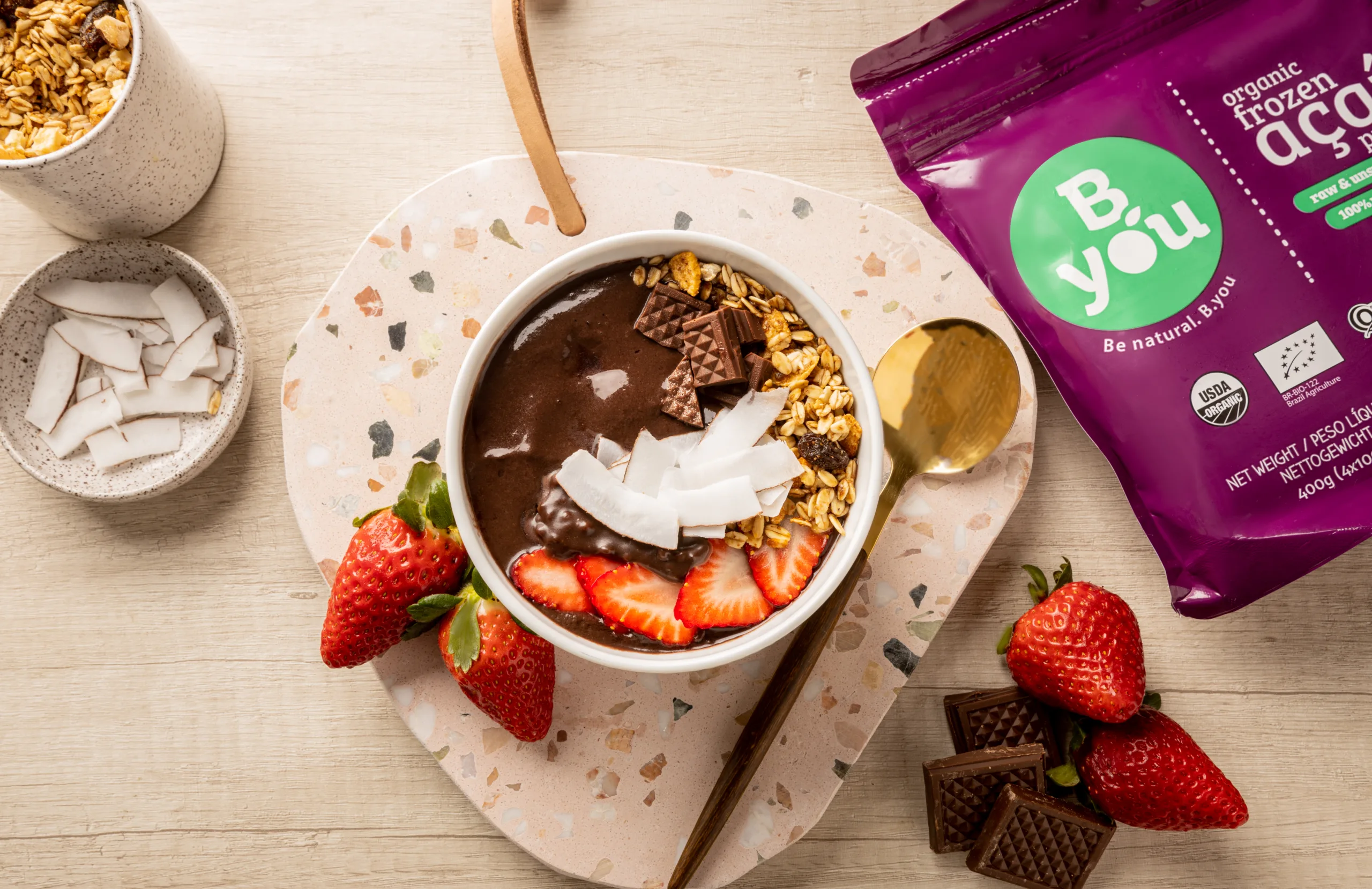The recent 56% tariff on Brazilian açaí imports is one of the most significant changes the market has faced in years. While the tariff impacts all buyers, how each açaí supplier in the USA responds will vary — and for wholesale buyers, that difference can mean the gap between stable supply and disruption.
Many wholesale buyers are already seeing shifts in their supply chain. Some suppliers are reducing their import volumes to protect cash flow. Others are prioritizing only their largest accounts. And some are quietly folding the tariff into their prices without explaining exactly what’s changed.
As a buyer, you can’t control the tariff — but you can control how prepared you are to navigate it. Here’s what to focus on:
1. Understand Your Pre-Tariff Stock Position
Ask your açaí supplier USA how much pre-tariff inventory they have allocated to you and how long it will last at your current order rate. This window is your best chance to secure lower pricing before the new rates take effect.
2. Plan Your Transition Timeline
A sudden jump in cost can be hard to absorb. Work with your supplier to create a phased plan, blending pre-tariff and post-tariff stock so you can adjust your customer pricing gradually.
3. Demand Transparency
The tariff adds a measurable cost to imports. A reliable açaí wholesale distributor should be able to break down exactly how that change impacts your landed cost, so you can make informed decisions.
The 56% tariff is a challenge — but for buyers with a clear plan and a committed supplier, it’s also a chance to strengthen operations for the long term. If you haven’t yet discussed your transition strategy, now is the time.










